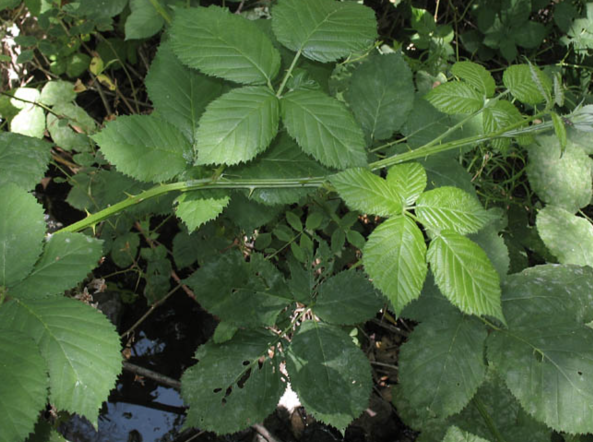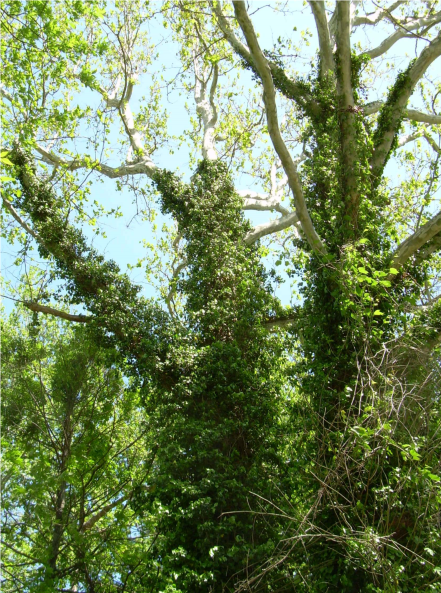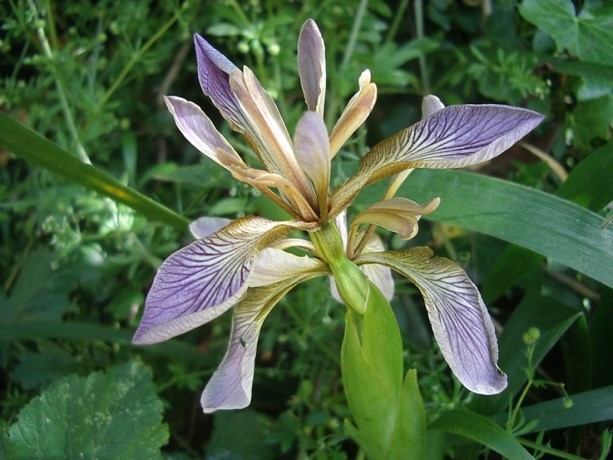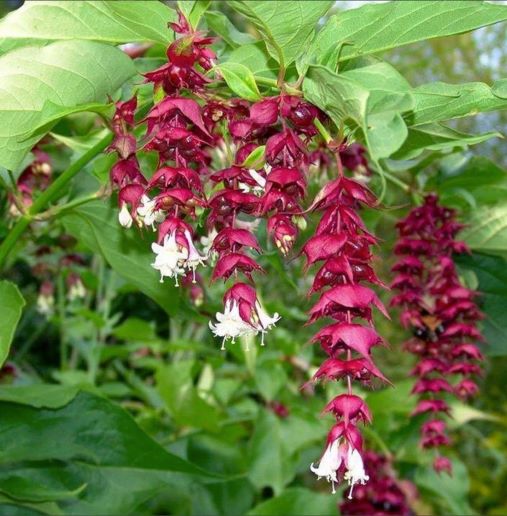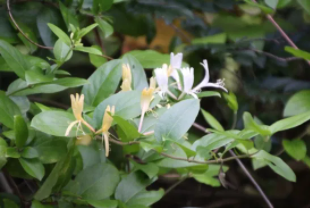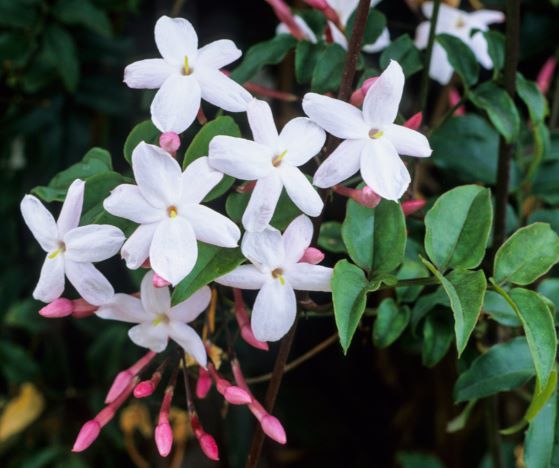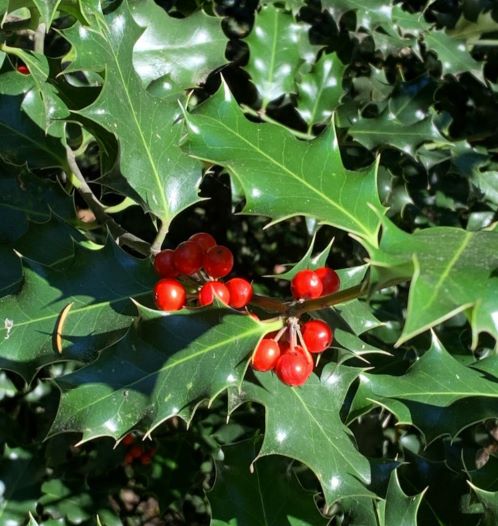- Details
The basalt soil cap and climate provides for the most prolific growth of many indigenous and exotic plant species. These same conditions are also perfect for the rapid growth and invasion by weeds and as a consequence weed control is a constant challenge for property owners and gardeners in the Mounts.
There are a number of sources that can help in the identification and control of these weeds as shown below. There is also some more detailed information on some of the more invasive weeds experienced on the mounts.
Sources of Information
The booklet "Bushland Weeds of Mount Wilson and Mount Irvine" was commissioned by the Mount Wilson Progress Association and written by Libby Raines in 2000. Libby also sketched the charming line drawings in the booklet. A copy of this booklet can be obtained from Sue Woolfenden (MWPA Secretary). For many years, it has proven an indispensable guide to identifying, controlling and eradicating the many varieties of weeds in the Mount Wilson and Mount Irvine area. The last 2 pages of this booklet provide a good summary of herbicides and weed treatment.
Weed information, including the names and contact details of accredited weed control contractors in the Blue Mountains is contained in the Blue Mountains City Council’s, Priority Weeds Information Booklet.
Herbicides
The last few pages of the weeds booklet provide a good summary of weed treatment. Please note special care must be taken when using herbicides and especially Glyphosate. The MWPA accepts no responsibility for the use or application of any chemicals. Always check the labels and Safety Data Sheets for all chemicals and use only as directed.
Further Details on Specific Weeds
